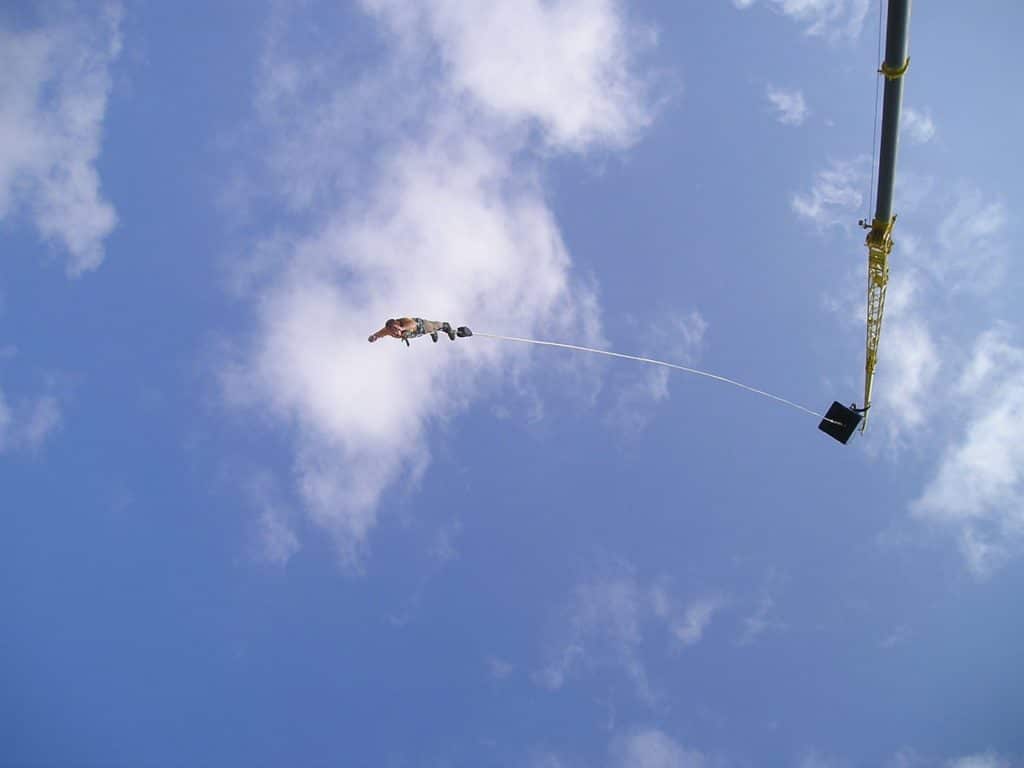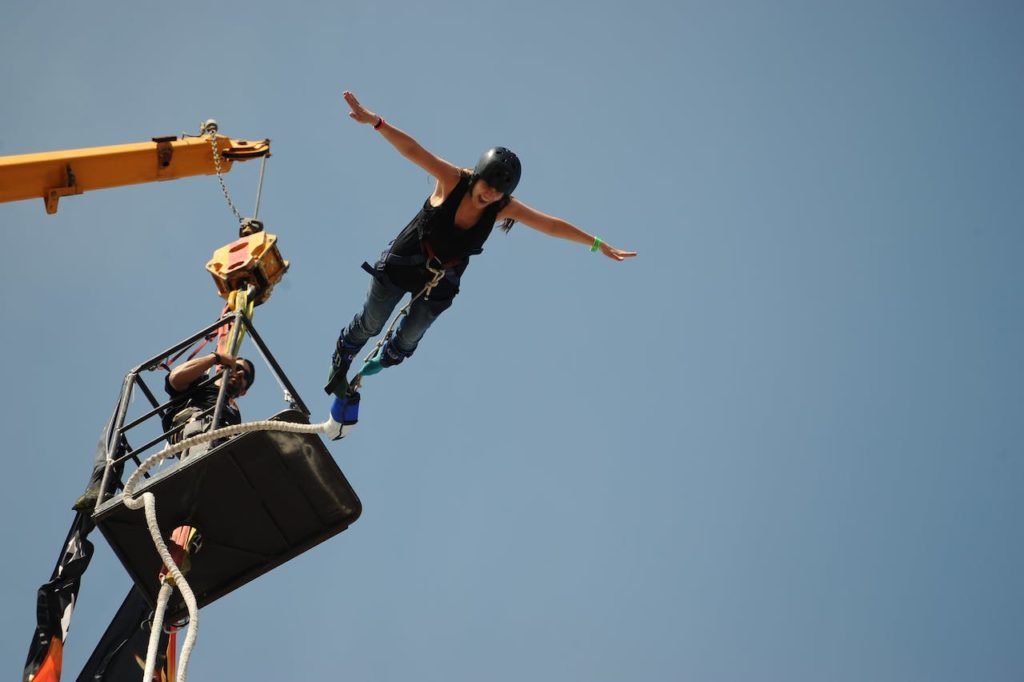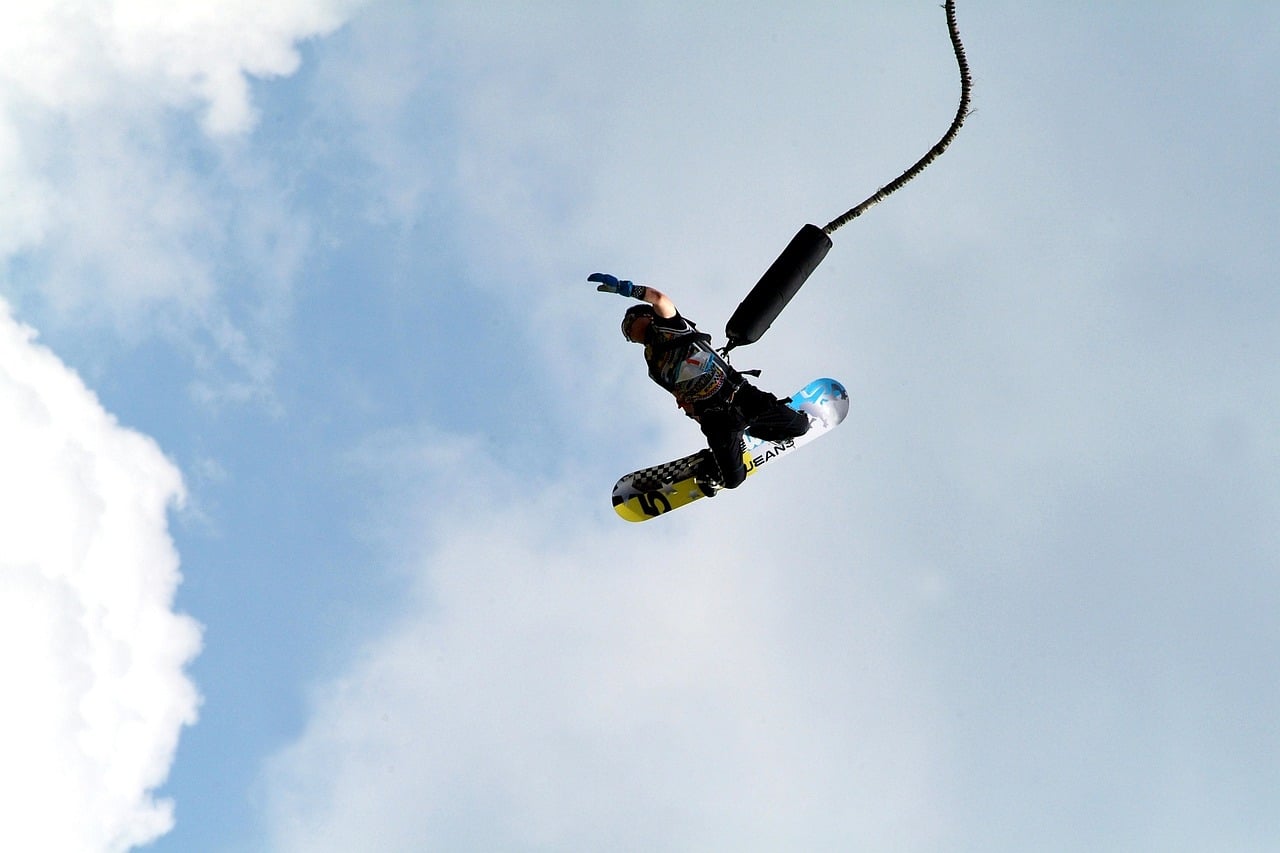Bungee jumping is often considered as an adrenaline-pumping activity meant for the adventurous at heart. It brings a rush of emotions that can be overwhelming at times but is best described as an extraordinarily freeing experience. This thrilling activity, however, demands more than just physical strength. An essential part of bungee jumping is the mental preparation. In the following, we will explore the significance of mental preparation when confronting the exhilarating yet nerve-wracking experience of bungee jumping and explain to you how to mentally prepare for bungee jumping.
Before embarking on your journey of mental preparation, it’s integral to understand bungee jumping. Originating from an ancient ritual in Pentecost Island where young men jumped off wooden towers with vines tied to their ankles as a rite of passage, the modern form of bungee jumping began in the late 1970s by members of the Oxford Dangerous Sports Club.
The science behind bungee jumping involves potential and kinetic energy conversions. As safety is paramount, bungee rope manufactures design cords to stretch and slow the jumper’s descent, gradually distributing the forces throughout the body, thus preventing any harsh snap at the bottom.
Fear VS Excitement
Interestingly, fear and excitement are not the polar opposites they are often thought to be. In fact, these emotions can trigger very similar physical responses within our body. When we experience fear or excitement, our bodies produce adrenaline, which can cause a rapid heartbeat and heavy breathing. Recognizing the similarities between these two states can be incredibly beneficial. By understanding that the physical symptoms of fear mirror those of excitement, we can learn to reframe our fearful experiences as exhilarating ones instead.
This shift in perception is pivotal. Fear typically acts as an obstacle when it freezes us in our tracks, preventing us from taking action. However, with intentional effort and a bit of psychological retooling, we can learn to reinterpret these symptoms. Instead of allowing fear to stop us, we can choose to see it as a form of excitement, a catalyst that propels us to jump out of our comfort zones and embrace new challenges with enthusiasm and energy.

Safety Measures
When it comes to extreme sports, stringent safety protocols are a fundamental aspect, and bungee jumping is a prime example of this. Before taking the plunge, each participant is meticulously briefed on the safety rules, the correct use of equipment, and the techniques for a safe jump. An integral part of the process includes a comprehensive health check conducted by the instructor to confirm your suitability for the jump.
Equally important is the role of professional oversight. Expert supervision ensures that all safety harnesses and equipment are properly fastened and secured. This meticulous attention to safety detail provides participants with the peace of mind needed to fully engage with and enjoy the exhilarating experience of bungee jumping, knowing they are in a controlled and secure environment.
How to Mentally Prepare for Bungee Jumping
Techniques for Mental Preparation
Preparing your mind for any challenging endeavor is as crucial as the physical preparation. Techniques like visualization, deep breathing, and positive self-talk are valuable tools in one’s mental arsenal. Visualization is a powerful strategy, as it allows the brain to become acquainted with what’s to come, effectively diminishing the element of surprise and the anxiety that often accompanies it. By mentally rehearsing the experience, the actual event feels less intimidating.
Deep breathing exercises also play a significant role in mental preparation. They are acknowledged for their effectiveness in reducing stress levels and inducing a state of calm. By focusing on controlled breathing, one can quiet the mind and reduce the physiological symptoms associated with fear. Lastly, positive self-talk acts as a mental cheerleader. This practice can reinforce confidence and diminish the impact of fear. By affirmatively speaking to oneself, fears are quieted, and a sense of readiness and capability is fostered, setting the stage for a successful and thrilling leap into the unknown.
The Role of Physical Conditioning
Physical conditioning plays a crucial role in the preparation for bungee jumping. A fit body greatly enhances the overall experience, but the benefits extend beyond the physical aspects. Engaging in regular workouts not only strengthens the body but also fosters mental resilience. This increased physical confidence can significantly reduce anxiety and fear associated with extreme activities like bungee jumping.
Depending on your specific health needs and assessment, your trainer might suggest various exercises. These could range from cardio routines to improve endurance to strength training that focuses on muscles used during the jump. The key is to develop a regimen that balances and prepares your body for the physical demands of bungee jumping.

Controlling the Adrenaline Rush
Facing the thrill of a bungee jump naturally triggers an adrenaline rush. This heightened state, while exhilarating, can also be overwhelming. Understanding your body’s response to such extreme excitement is the first step in managing it effectively. Strategies such as taking deep, controlled breaths can significantly help.
Slowing down your thought process and calming your emotions before the jump can also be very effective. These techniques work by steadying the heart rate and soothing the nervous system, allowing you to harness the energy of the adrenaline rush without being overpowered by it.
Practicing Mindfulness
Mindfulness, in the context of bungee jumping, serves as a powerful tool. It involves the deliberate act of bringing one’s attention to the present moment without judgment. By practicing mindfulness, you can significantly reduce fear and anxiety, which are common in high-adrenaline activities. It allows you to be acutely aware of your feelings, emotions, and the environment around you.
This heightened awareness helps in focusing the mind, leading to a more enjoyable and memorable bungee jumping experience. By embracing mindfulness, jumpers can transform what might initially be a nerve-wracking experience into a deeply exhilarating and personal journey of self-discovery.
Tips for First-time Jumpers
For those embarking on their first bungee jumping adventure, preparation is key. It’s essential to do thorough research on various aspects such as the location of the jump, the heights involved, safety protocols in place, and the qualifications of the instructors. Knowledge and understanding of these elements can significantly ease apprehensions.
Additionally, bringing along a friend for emotional support can make a big difference in calming nerves. It’s important to remember that feeling scared is a natural part of the experience, and it’s okay to acknowledge these feelings. However, it’s crucial not to let fear overshadow the excitement and joy of the jump. Embrace the experience fully, knowing that it’s a unique opportunity to step out of your comfort zone and create a memorable moment.
Conclusion
Mental preparation is as vital, if not more, as physical conditioning when it comes to bungee jumping. Techniques like visualization, deep breathing, positive self-talk, controlling adrenaline rush, and practicing mindfulness can significantly aid in preparing your mind for the leap. As a first-timer, research thoroughly, opt for professional supervision, bring a friend along, and remember to enjoy the experience.
Finally, remember, it’s normal to feel fear. However, with proper preparation, that very fear can turn into the exhilarating thrill of a lifetime. So, get ready, take a deep breath, and take the leap. Confronting your fears was never more fun. Happy bungee jumping!


















